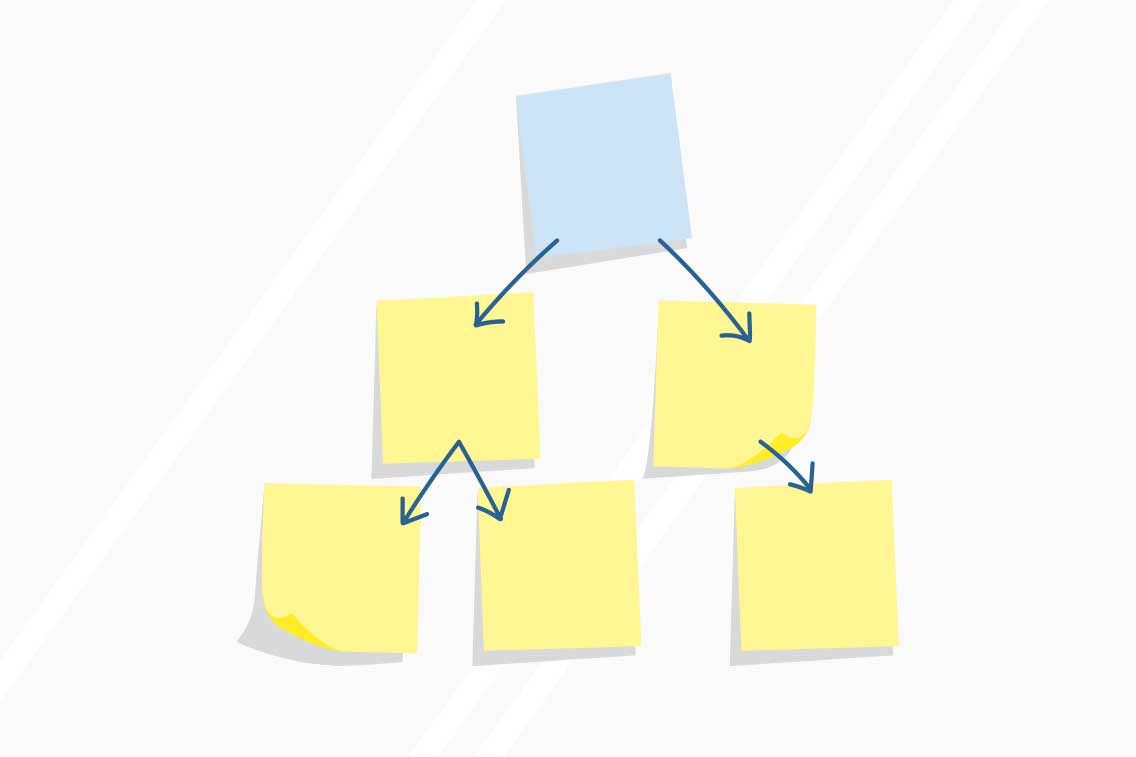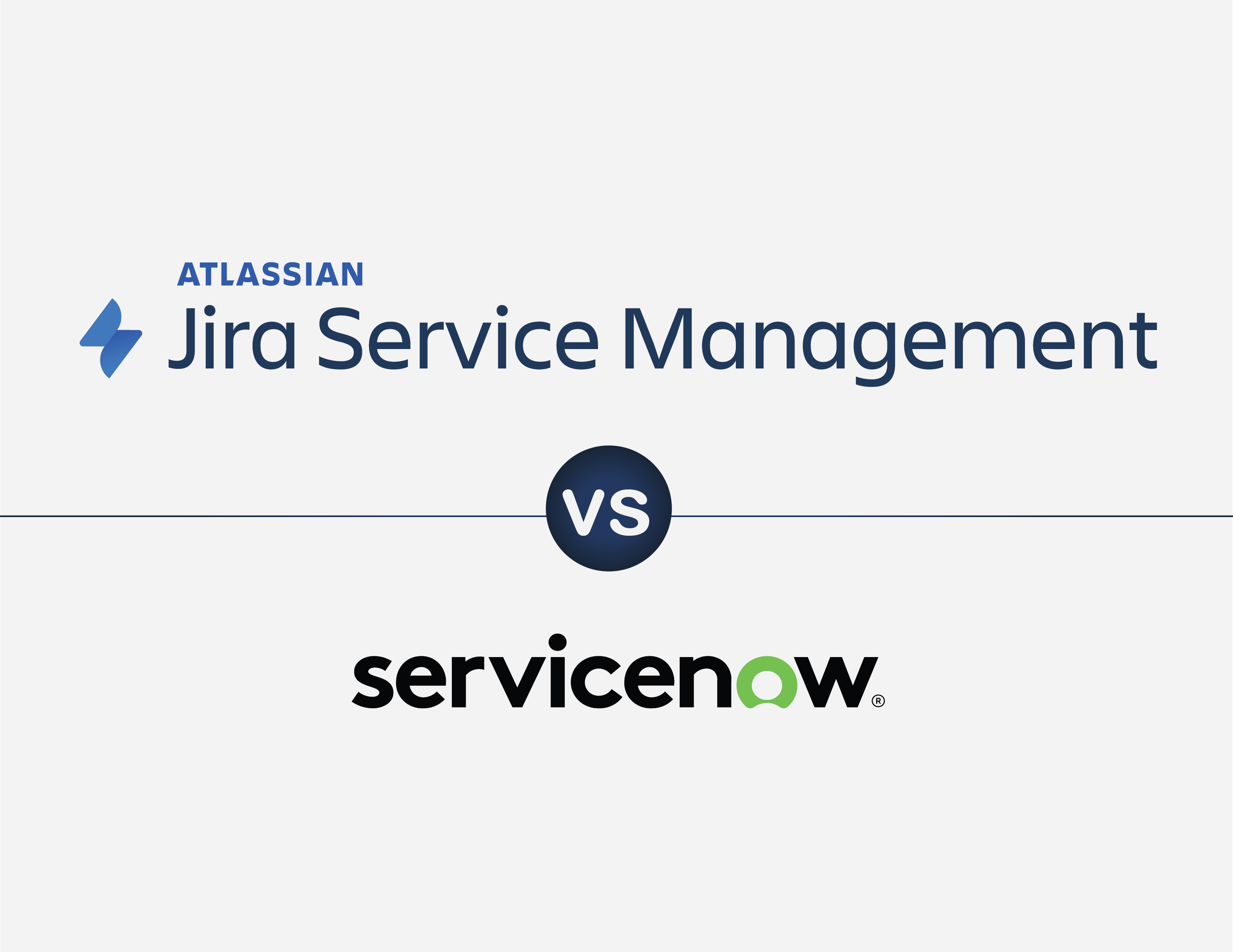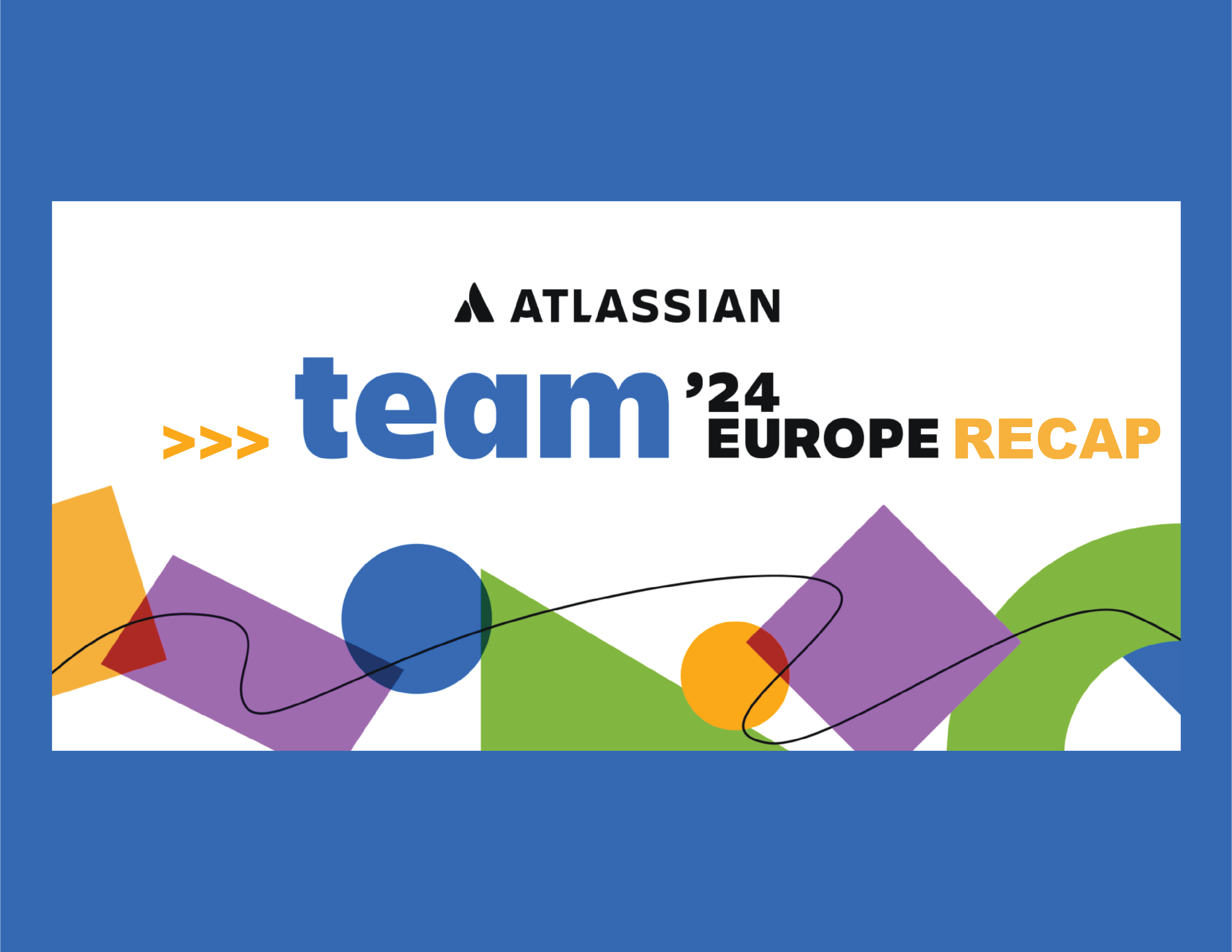HOW TO BREAK DOWN LARGER PROJECTS INTO MANAGEABLE USER STORIES
Breaking down large projects into user stories, which are used to track the goals of a project, is an important part of Agile. Every user story includes three details. A user story will explain who wants something done, what it is they want done, and why they want it done. In other words, a user story is a way to articulate what needs to be done from the perspective of the role that wants the work done. A user story should also describe the perceived value of the work.
In this blog post, we’re going to provide a quick overview of why teams use user stories and share some tips on how to break down work into manageable user stories.
A Quick Refresher on Writing User Stories
Organizations that embrace Agile will typically rely on user stories to articulate the goals of a larger project*. User stories may represent the smallest units of work, or may be further broken down into subtasks.
*Remember that in Agile, larger projects or bodies of work are known as epics.
How to write good user stories
User stories are often expressed as a simple sentence. Here’s an example:
- “As a [persona], I [want to], [so that].”
A persona can either be an ideal customer who would benefit from the completion of a certain task or it can be the role of the team member requesting the work. In most common workplace applications, a user story persona identifies the role of the team member requesting the work.
For the “want to” and “so that” parts of the user story you should aim to keep those details as focused as possible. For example:
- “As a [project manager], I [want to] refine our user story structure, [so that] I can help my fellow team members better identify the goals of a project.”
2 Proven Strategies for Creating Manageable User Stories
There are several different ways your teams can break down projects into manageable user stories. That said, there are two proven strategies that we recommend organizations try using to break down their work: The Three C’s method and the INVEST method.
Strategy No. 1: The Three C’s of User Stories
The Three C’s stand for Card, Conversation, and Confirmation. These three words represent the steps a team can take to help them break down work into more manageable user stories.
Let’s take a closer look at the three components that make up The Three C’s.
- Card: This represents the actual process during the roadmapping or planning phase of a project where team members write each user story on an index card or sticky note. Index cards or sticky notes are placed into columns on a board you can write on. The board will typically be organized into columns labeled to-do, in progress, in review, blocked, and done. Teams can replicate this process digitally if some or all team members are working remote.
- Conversation: Once you have written your user story on a card, you would hold a conversation with your team about the card or story and the work it entails. This can open up more discussions about the breadth of that particular story. During this point in the process you will determine whether things need to be broken down even further.
- Confirmation: This step in the process involves breaking down each story into smaller specific tasks that can be finished in a reasonable amount of time known as a sprint. A method called timeboxing helps define the amount of time that is reasonable.
This act of breaking down user stories into manageable tasks that can be completed in a reasonable amount of time (timebox) is the foundation of The Three C’s of user stories. There are several different methods teams use to estimate the amount of effort required to complete a task.
Strategy No. 2: INVEST Criteria for User Stories
INVEST is an acronym that defines a set of widely used criteria to evaluate a user story. A good user story should be: Independent, Negotiable, Valuable, Estimable, Small, and Testable.
Let’s take a closer look at the six criteria that are part of the INVEST acronym.
- Independent: Each user story should be independent of all the others. An individual task should define a specific action that needs to be taken in order to fulfill a user story.
- Negotiable: The methods used to fulfill a user story should be negotiable. Typically, the team completing the work determines the best way to tackle a user story.
- Valuable: Each user story should deliver value to the end user. This end user is the role or persona that we are creating the user story for (identified within the user story).
- Estimable: The time to complete each user story and its subtasks should be estimable. You want to make your time estimates for completing tasks as accurate as possible.
- Small: Individual subtasks within a user story should be able to be completed in a single iteration (sprint). This helps avoid incomplete work and shifting deadlines.
- Testable: There should be a clear way to test each completed task. If a task is not testable then that means that what defines success was not represented in the user story.
Teams that follow INVEST have the building blocks in place to create great user stories.
Optimizing User Stories: Think of It As a Work in Progress
Now that you have learned strategies for breaking down work into user stories, it is worth noting that this process typically requires numerous cycles to optimize the quality and estimation of user stories. Stay with it and you will keep seeing improvements!
Recent posts
-
AtlassianOct 25, 2024
-
AtlassianOct 21, 2024
-
AIAug 13, 2024




